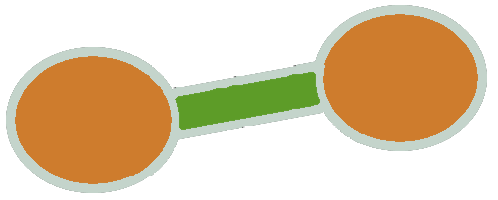Ninatoka
 condition
conditionRetinitis pigmentosa
Retinitis pigmentosa as a clinical entity was originally described in 1853, but the name was not attached to the disease until 1857. Considered by most to be a misnomer, the term retinitis persists today, even though inflammation has only a small role in the natural progression of the disease. Retinitis pigmentosa (RP) is not a single entity but rather a group of disorders that produce a gradual loss of vision. Also known as hereditary retinal dystrophy, it affects 1 in every 4000 people in the United States and approximately one in 5000 worldwide, making RP the most common inherited disease of the retina. It is usually bilateral, but there have been reports of unilateral eye involvement with RP. While it may present and progress with a variety of clinical manifestations, the first symptom of RP is generally nyctalopia, or loss of night vision, which is followed by a gradual narrowing of the visual fields. Over time, depending on the severity and rate of progression of the disease, tunnel vision or complete vision loss can be the result. As the disease progresses, other features may develop as well, including loss of accurate color discrimination and eventual loss of visual acuity. Most patients will maintain some light perception even with late-stage RP as the macula continues to function. Perhaps the most unsettling late effect of RP is the development of photopsia (perceived flashes of light), likely due to sensory deprivation. This may even progress to the point of visual hallucinations. The disease may involve vision loss alone and, in this event, is referred to as "nonsyndromic" RP. The majority of RP cases, about 70% to 80%, fall into the nonsyndromic category. When RP occurs in conjunction with systemic disease, it is termed "syndromic" RP. The most common form of syndromic RP is Usher syndrome, which involves neurosensory hearing loss in association with vision loss.
Ref:
O'Neal TB, Luther EE. Retinitis Pigmentosa. 2023 Feb 19. In: StatPearls [Internet]. Treasure Island (FL): StatPearls Publishing; 2023 Jan–. PMID: 30137803.
Join Ninatoka!!
NinatoKa's goal is to support you as a therapist in unravelling the illness pathway from symptoms to cause, and to help you detect potential interventions.
Go to Explore to start your discovery!
Go to Learn to scroll through newly added data.
Go to Contribute to contribute to the Ninatoka database.
You can rate content up or down and add comments if you agree or disagree.



